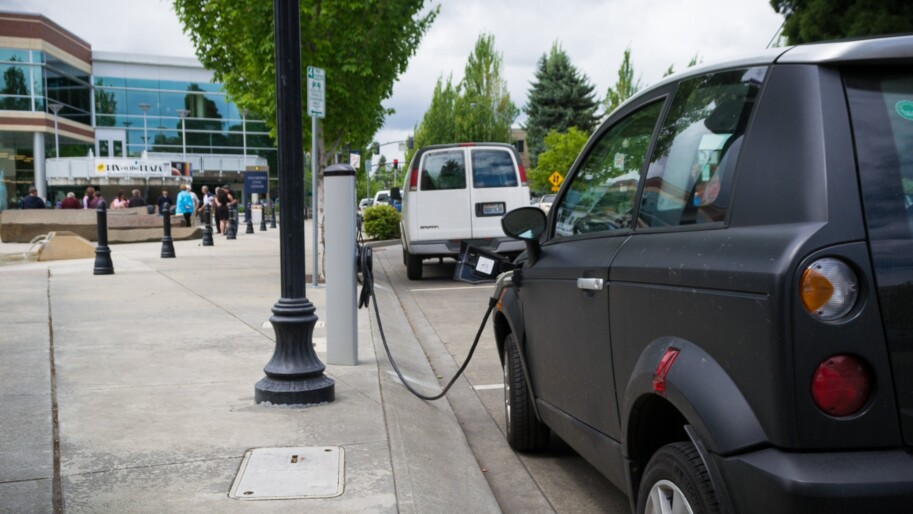Existing law requires the California Energy Commission (CEC), working with the State Air Resources Board (ARB) and the California Public Utilities Commission (CPUC), to prepare, and update biennially, a statewide assessment of the electric vehicle (EV) charging infrastructure needed to support the levels of EV adoption required for the state to meet its goals of putting at least 5 million zero-emission vehicles (ZEVs) on California roads by 2030, and of reducing emissions of greenhouse gases (GHGs) to 40% below 1990 levels by 2030.
This bill would require the CEC to also assess the EV charging infrastructure needed to support the levels of EV adoption required for the state to meet the goal of ensuring 100% of new cars and light trucks sold in California are ZEVs by 2035, and evaluate the EV charging infrastructure needs of specified use cases to ensure an equitable deployment of EV charging infrastructure by 2035.
Existing law requires the CEC to develop and adopt an investment plan to determine priorities and opportunities for the Clean Transportation Program. As part of the development of the investment plan, existing law requires the CEC, in consultation with the ARB, to assess whether EV charging station infrastructure is disproportionately deployed by population density, geographical area, or population income level, including whether direct current fast charging stations are disproportionately distributed and whether access to these charging stations is disproportionately available.
This bill would require the Energy Commission to also assess whether Level 2 electric vehicle charging stations are disproportionately distributed, whether drivers whose homes are located in rural or urban communities have disproportionate access to charging station infrastructure, whether homes have equal access to electrical panel capacity sufficient to support at-home charging, and whether charging station infrastructure necessary to fulfill the requirements of the California Clean Miles Standard and Incentive Program has been disproportionately distributed.
Committee Location: A two-year bill — Held under submission in Senate Appropriations May 8.

